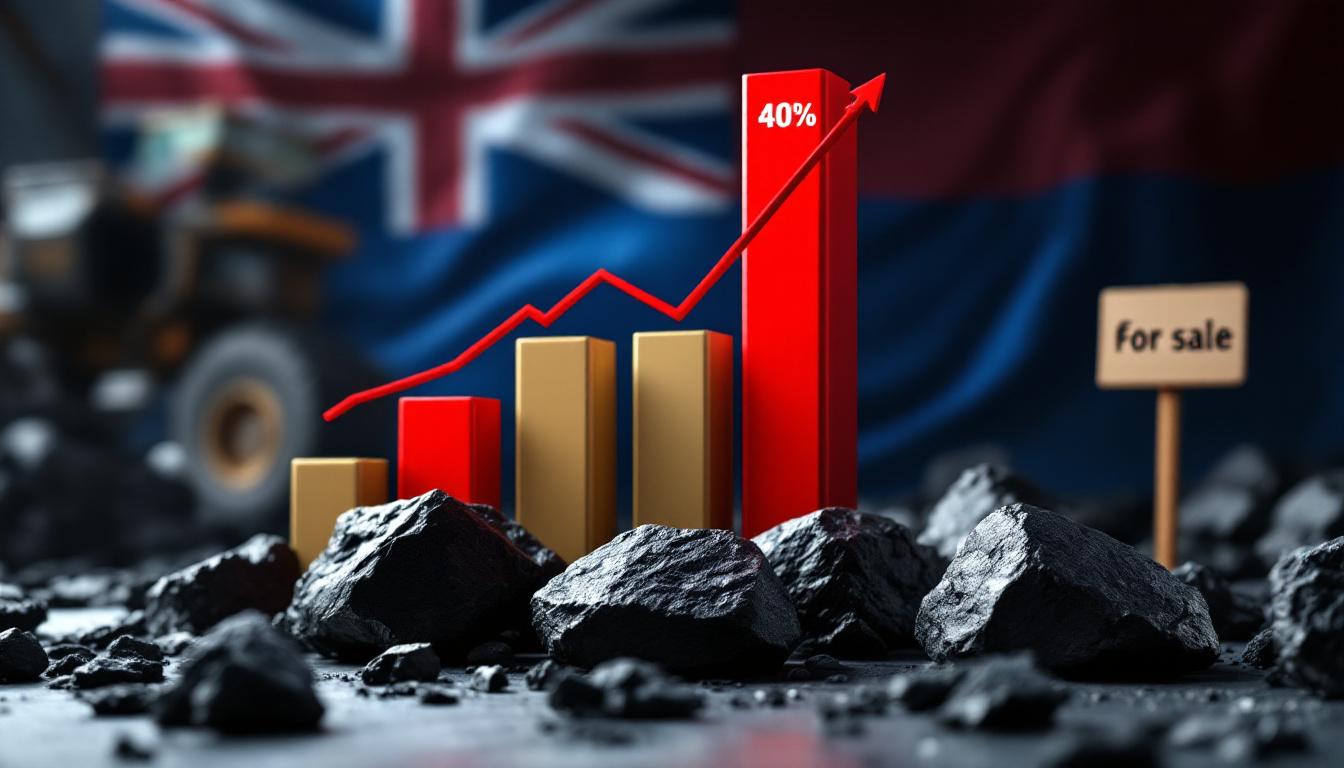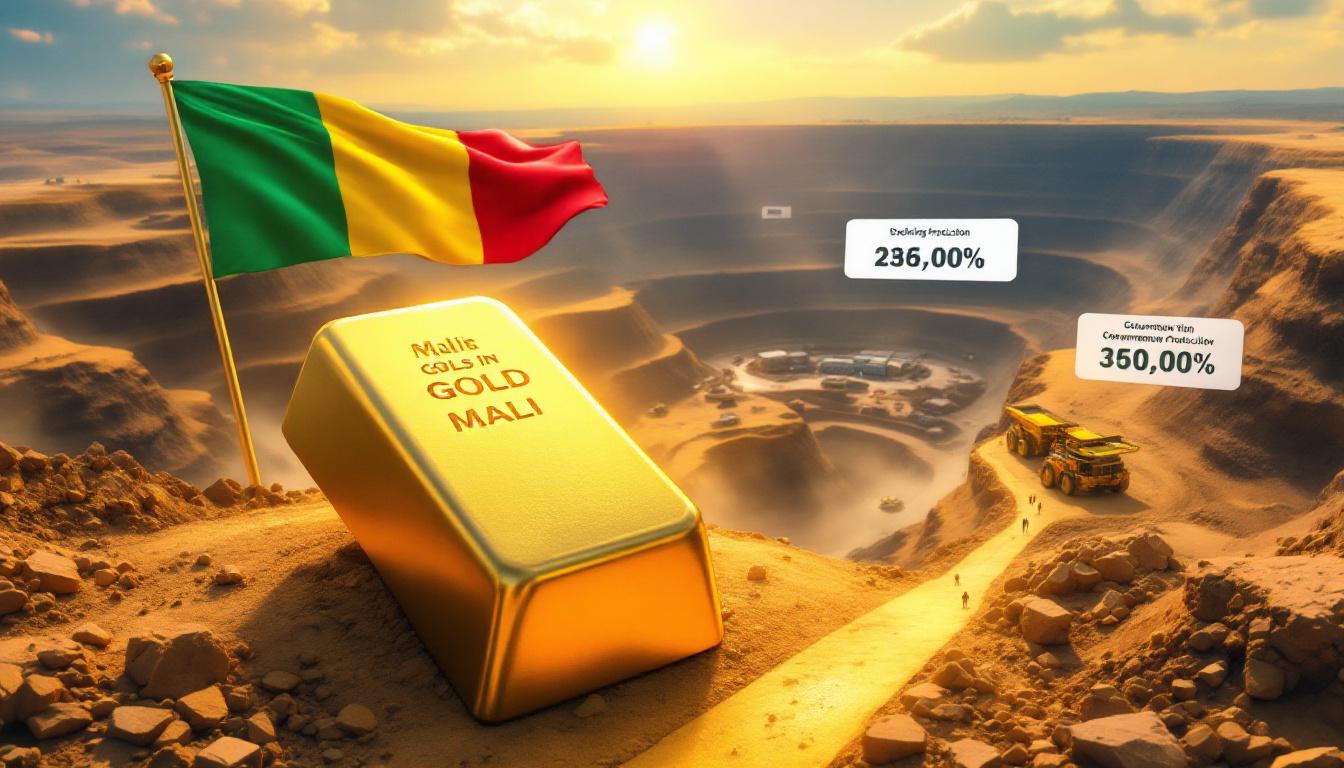What Is the Current State of Gold Exploration?
Global Exploration Spending Trends
The gold exploration sector experienced a stark contraction in the early 2010s, with annual expenditures declining from a historic high of US$10.3 billion in 2012 to US$6.1 billion by 2014. This 32% reduction underscores the industry's sensitivity to gold price fluctuations and investor sentiment. The downward trajectory began in 2013, when spending decreased by 10% year-over-year, driven by declining gold prices and tightening financing for junior exploration companies.
Analysts projected a moderate recovery, with spending expected to rebound to US$7.7 billion by 2016 under the assumption of a stabilized gold price of US$1,300/oz. Longer-term forecasts suggested expenditures could reach US$7.9 billion by the end of the decade, contingent on improved market conditions and renewed investor confidence. Regional disparities in mineral exploration strategies became pronounced during this period, with Canada maintaining its position as a cost-effective jurisdiction, while Pacific and Southeast Asian regions faced discovery costs exceeding US$200/oz.
Discovery Success Rates
Between 2004 and 2014, the industry reported 308 primary gold discoveries containing at least 0.1 Moz, cumulatively yielding 855 Moz. Adjusting for underreporting and delays in resource declaration, actual discoveries may surpass 1.2 billion ounces. Canada dominated high-value discoveries, contributing 11 Tier 1 and 2 deposits, followed by Australia with seven. These regions benefited from established infrastructure, favorable geology of ore deposits, and stable regulatory regimes, which reduced exploration risks and capital costs.
However, the quality of discoveries declined over this period. Only 25% of deposits found between 1975 and 1994 entered production within five years, compared to a decade-long timeline for those discovered between 1995 and 2004. Discoveries made after 2005 faced even longer delays, with development rates approximately twice as slow as historical norms. This trend reflects increasing regulatory complexity, environmental scrutiny, and capital intensity in mine development.
How Effective Is Modern Gold Exploration?
Discovery Costs Analysis
The average unit discovery cost reached US$87/oz in 2013, a significant increase from the decade's weighted average of US$42/oz. Regional cost disparities highlight the impact of geopolitical and operational factors. Canada maintained the lowest discovery costs at US$27/oz, attributed to its mature mining sector and streamlined permitting processes. In contrast, Pacific and Southeast Asian regions faced costs exceeding US$200/oz, driven by challenging terrains, political instability, and underdeveloped infrastructure.
These figures exclude processing losses and project attrition, which further erode economic viability. For instance, metallurgical recoveries typically range between 70–90%, meaning actual recoverable ounces could be 10–30% lower than initial estimates. Additionally, only a fraction of discoveries progress to production due to economic or environmental constraints, exacerbating cost pressures.
Exploration Efficiency Metrics
The interval between discovery and production has expanded dramatically since the 1970s. While 25% of pre-1994 discoveries entered production within five years, post-2005 discoveries required over a decade to reach the same stage. This elongation stems from multiple factors:
-
Regulatory Complexity: Environmental impact assessments and community consultations now add 2–4 years to project timelines.
-
Capital Intensity: Larger upfront investments are needed for remote or low-grade deposits, deterring junior miners.
-
Resource Nationalism: Host countries increasingly demand higher royalties and local equity participation, delaying negotiations.
Concurrently, the conversion rate of discoveries to operating mines has declined. Only 60% of post-2000 discoveries had advanced to development by 2014, compared to 80% in the 1980s. This inefficiency threatens the industry's ability to replenish depleting reserves.
What Challenges Face the Gold Exploration Industry?
Economic Factors
Gold exploration remains acutely price-sensitive. The industry's break-even threshold rose to US$1,300/oz by 2014, requiring sustained prices above this level to justify new investments. Junior explorers faced particular challenges, with venture capital funding dropping by 45% between 2012 and 2014. This financing crunch forced many companies to curtail drilling programs or divest assets.
Input cost inflation further strained budgets. Drilling costs rose by 18% annually from 2009 to 2014, while labor expenses in key regions like Western Australia increased by 22% over the same period. These trends compressed profit margins, even for major producers.
Operational Challenges
Environmental and social governance (ESG) considerations have become central to project viability. Over 30% of proposed mines between 2010 and 2014 faced litigation or protests related to land use and water rights. Permitting delays in jurisdictions like Chile and Indonesia added US$15–20/oz to discovery costs.
Technological barriers also persist. While geophysical advancements improved target identification, most high-grade near-surface deposits have already been found. Explorers now target deeper or lower-grade resources, requiring innovative extraction methods. For example, digital twins in mining and sensor-based sorting technologies are being tested to process complex ores economically.
Is Gold Exploration in Terminal Decline?
Industry Sustainability Assessment
Contrary to predictions of terminal decline, the sector reached a "balancing point" by 2014, where exploration efficiency gains offset some cost pressures. Junior companies adapted by forming strategic alliances with majors, sharing risks and infrastructure costs. For instance, 12 of 15 Tier 1 discoveries between 2010 and 2014 involved joint ventures.
Reserve replacement rates tell a nuanced story. While the industry replaced only 70% of mined gold between 2000 and 2014, this figure rose to 85% when including marginal deposits viable at US$1,500/oz. This suggests adequate resources exist if prices support their development.
Future Outlook Projections
The industry's trajectory hinges on two variables: gold prices and technological innovation. A sustained price above US$1,300/oz could revive exploration spending to US$7.9 billion by 2020. Concurrently, AI-driven prospectivity modeling and drone-based surveying are reducing exploration costs by up to 40% in pilot projects.
Regional shifts are also underway. West Africa's Birimian Belt and Canada's Ring of Fire are emerging as frontiers, with discovery costs 30% below global averages. These areas could host the next generation of Tier 1 deposits, provided geopolitical risks remain manageable. The recent gold discovery in Hunan demonstrates that significant finds are still possible in established mining regions when using advanced exploration techniques.
FAQ About Gold Exploration
What Defines a Significant Gold Discovery?
A significant discovery contains at least 0.1 Moz of gold, with Tier 1 deposits exceeding 6 Moz and Tier 2 ranging from 2–6 Moz. These classifications reflect both economic viability and strategic importance to mining companies. Understanding these designations is crucial when interpreting mining drilling results guide data for investment decisions.
How Does Gold Price Affect Exploration Activity?
Exploration budgets correlate directly with gold prices, exhibiting a 0.85 R² relationship since 1990. The US$1,300/oz threshold has become critical for sustaining greenfield exploration, as projects below this level struggle to attract funding. According to the Gold Industry Group, this price sensitivity affects not only exploration budgets but also mining methods and cut-off grades.
Why Are Development Timelines Increasing?
Permitting delays, environmental reviews, and community consultations now add 3–5 years to project timelines compared to the 1990s. Additionally, larger capital requirements force developers to secure financing from multiple stakeholders, prolonging negotiations.
Which Regions Offer the Most Cost-Effective Exploration?
Canada leads with discovery costs of US$27/oz, followed by Australia at US$35/oz. Both jurisdictions benefit from stable policies and established infrastructure. In contrast, Pacific and Southeast Asian regions face costs above US$200/oz due to logistical and regulatory hurdles. As explained on Wikipedia's gold mining page, geological setting plays a crucial role in determining exploration success rates across different regions.
The gold exploration industry's resilience lies in its ability to adapt to cyclical pressures and innovate technologically. While challenges persist, the sector's future remains intertwined with global economic trends and advancements in sustainable mining practices.
Ready to Capitalise on the Next Major Gold Discovery?
Discover why historic mineral discoveries can lead to significant market returns by exploring Discovery Alert's dedicated discoveries page, where our proprietary Discovery IQ model transforms complex mining data into actionable investment opportunities when gold exploration success stories emerge.




